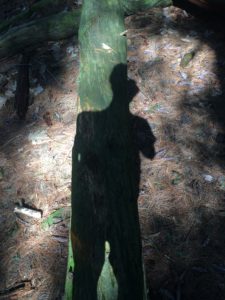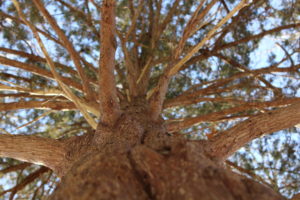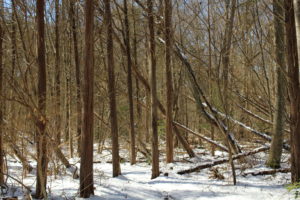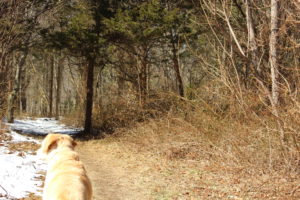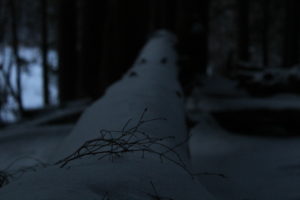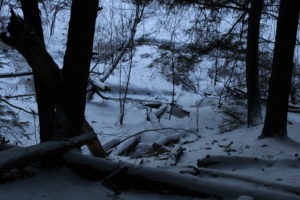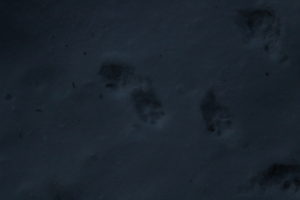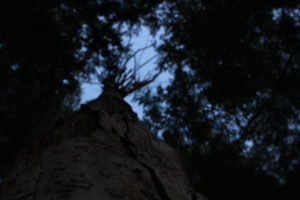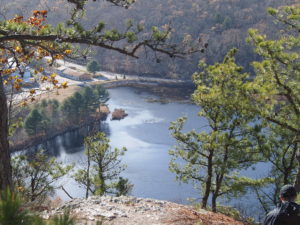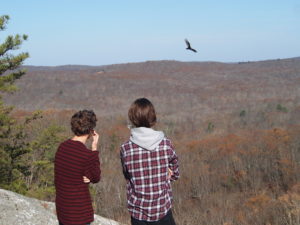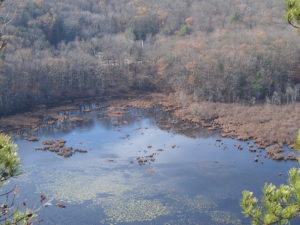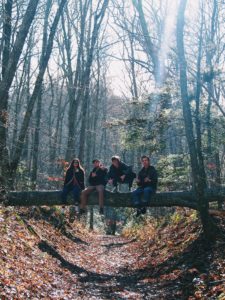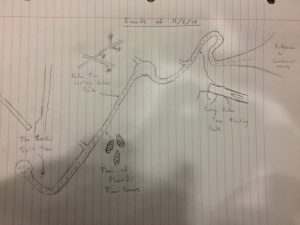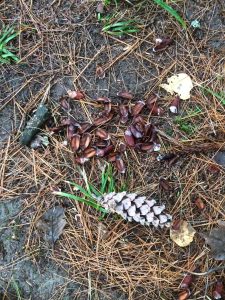Well, its here. The end of my first year of college. And with it brings the end of this blog. This project, through forcing me to visit Centennial Woods, has made me appreciate the natural area much more. I definitely would have not visited my site in the middle of the winter if it was not an assigned task. However, I am glad this was the case. The Woods are beautiful in the winter, a spectacle not everyone witnesses.
The only phenological difference I noticed at my site, apart from it getting warmer, was that there were more pinecones on the ground. On my walk there I also noticed a few garden snakes slithering around.
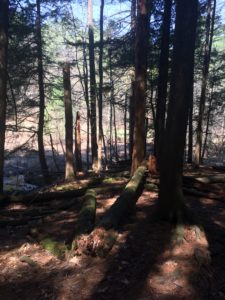
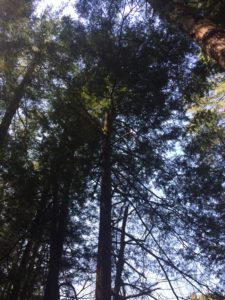
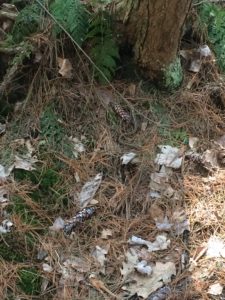
Nature and culture intertwine in Centennial Woods often, mostly in the form of human interaction. Recreational activities provide a venue for connection to the natural environment. Many runners and dog walkers find themselves immersed in the beauty on display. Furthermore, the Woods provide a place for students to discover and play in a safe place.
Though I visited my site many times this semester, I don’t feel like part of it. Centennial Woods, and my site included, belongs to the wildlife, the trees, and any form of life that calls it home. Almost every visit I felt like just that, a visitor. I am an intruder to their normal, everyday environment. On a few of my longer visits I could feel the habituates warming up to my presence. As I sat motionless on a log, squirrels ran close to me, unbothered. I felt unobtrusive and part of the natural flow of life. Reaching this state does not occur often and is something to be treasured.
Anyway, I hope you enjoyed my documentation of phenological changes this semester. Ciao!
